This journal is brought to you by…
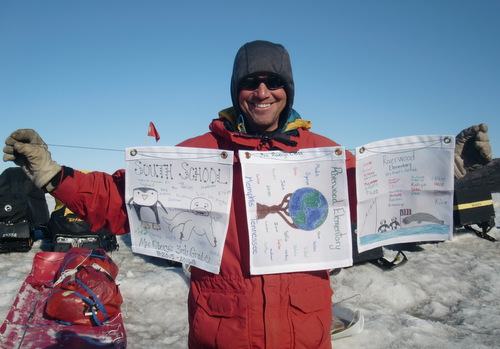
- Mrs. Obery’s 3rd grade class at South School
- Mrs. Rovery’s 3rd grade class at Riverwood Elementary School
- Mrs. Powell’s 2nd grade class at Riverwood Elementary School
Waste Water Management Facility
For a long time, people in Antarctica would dump their waste right into the ocean. The waters were becoming polluted. Many countries came together and decided to no longer allow dumping in Antarctica’s waters. Now at McMurdo, we do as little as possible to disturb the environment.
However, they did not stop dumping human waste into the ocean. And when I say human waste, I’m talking about the gross stuff. Why would that be bad for the environment?
Human waste is full of phosphorous and nitrogen, which, in large quantities, could be harmful to the ocean’s environment. These by-products are essentially the same ingredients as those found in fertilizer. These chemicals will over-fertilize any vegetation in the water. The vegetation grows at a rapid rate, using up all of the oxygen in the water, creating what is known as a ‘dead zone.’ Because of this lack of oxygen, organisms (like fish) will either leave the area or die. There is also, needless to say, lots of bacteria in human waste that does not need to get into our oceans!
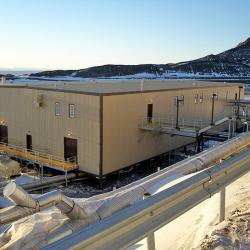
Finally in 2003, McMurdo’s Waste Water Treatment Facility was built, which cleans all gray water (waste water from showers, sinks, etc.) and black water (water from toilets), so that it can be safely released into the ocean.
Exactly how does a person clean nasty water?
Let’s find out!
The first stop is the ‘Muffin Monster.’ This machine breaks up any toilet paper and large chunks. Don’t ask about the large chunks.
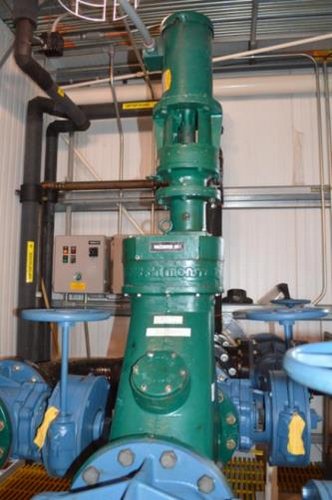
After the Muffin Monster, the water passes through a bar screen to further remove any large pieces.
Even though most of the solids are gone, the water is still very dirty. Guess who does the cleaning? I’ll give you a hint: it’s not the waste water operators!
Cleaning
The cleaning is done by bugs! That’s right! And these bugs come from our bodies! There are about 100 trillion micro-organisms living in our intestines, and they are also present in our waste. These bugs will feed off the sludge and clean it on their own, but it’s the Waste Water Treatment Facility operators’ job to speed this process along. The team is constantly monitoring the bugs. They pull samples of the sludge every day just to check out these bugs!
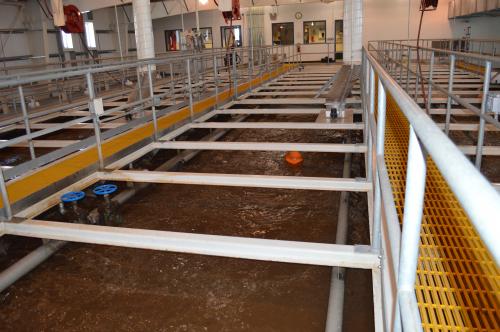
Clarifier
Water will flow into is the Final Clarifier. It’s here that the final settling happens: the clean water floats to the top while any leftover solids will sink to the bottom. The Final Clarifier then allows the clean water to flow into the UV (ultra violet) bank. Here it gets disinfected by a UV light. All of the solids will stay behind.
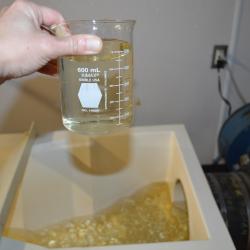
Final plunge
Once the water is disinfected, it gets mixed with the leftover water from the Water Plant (the really salty water that is left behind in the desalination process) and released into the ocean. The water is now safe and will not harm any of the organisms living in the ocean.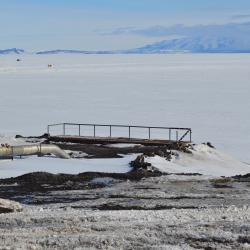
Finished, right?
Are you asking the same question I am?
What happens to the solids?
The waste water operators also monitor the solids, making sure they settle to the bottom of the tanks. Once settled, they will pass into the Aerobic Digester. Here, the air is routinely turned off which allows the clear water (supernatant) to separate from the solids and be recycled back into the trains; this thickens the solids in the Digesters.
Now it’s off to the Sludge Press. What do you think that does? It presses the water out of the sludge!
What’s left is a small, dirt-like biosolid ‘cake.’ And not the kind you’d like to eat. These biosolid cakes are shipped to the U.S., where they are incinerated.
Why do you think these cakes can’t be used to fertilize fields and crops?
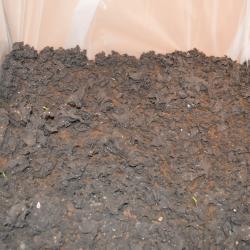
Tomatoes?
This one surprised me!
It’s because of the tomatoes we eat in McMurdo! What? The tomatoes we eat in McMurdo come from New Zealand. Tomato seeds are incredibly hardy and can survive not only passing through our bodies. These mighty seeds can even survive the cleaning process at the Waste Water Treatment Facility.
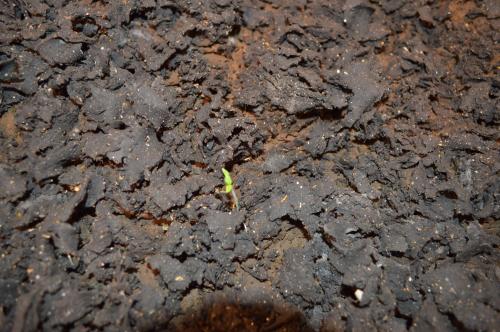
If these seeds mixed with our tomatoes in the U.S., they could possibly cross-breed with our tomatoes and be harmful to the crop. So, to the landfills they go!
Were you as amazed by this whole process as I was? It’s fascinating how human waste can be turned into clean water and fertilizer!


Comments